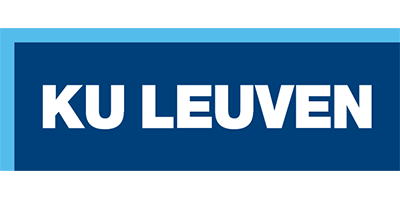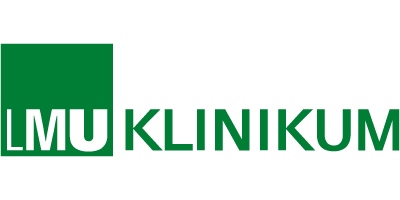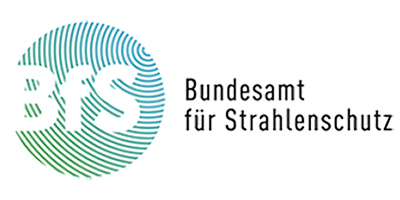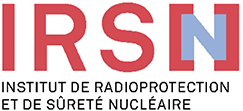LUTADOSE
LutADose: Personalized dosimetry to improve the clinical outcome of prostate cancer patients treated with 177Lu/225Ac-PSMA targeted therapies.
Project news
LUTADOSE project at EANM Annual Congress 2024

20.9.2024
First results of LUTADOSE project will be presented at EANM Annual Congress 2024 in Germany.
Project objectives and goals:
Prostate cancer is the second most frequent malignancy worldwide with metastatic castration-resistant prostate cancer (mCRPC) being very difficult to treat. A possible treatment of mCRPC is PSMA (prostate-specific membrane antigen) radioligand therapy (PRLT) to deliver a targeted high dose of ionizing radiation directly to tumour cells. However, current treatment schemes for
177Lu(Beta)-PRLT use fixed therapeutic schemes, resulting in a conservative tendency to undertreat patients and sacrificing efficacy for safety. As a result, complete response is still uncommon with about 30% of patients not responding to treatment. Meanwhile,
225Ac(Alpha)-PRLT has emerged as adjuvant therapy to improve efficacy and overcome the potential radio resistance to
177Lu-PRLT. However,
225Ac-PRLT can induce significant side effects such as salivary radiotoxicity, which has led patients to request treatment discontinuation.
These side effects should be addressed before 225Ac-PRLT can be considered for earlier lines of treatment and not only for compassionate use. Therefore, the aim of LutADose is to increase the clinical applicability of tumour and organ dosimetry during 177Lu/225Ac-PRLT to allow individualized treatment schemes and move away from a ‘one fits all’ approach.
This includes improved quantitative 177Lu/225Ac-SPECT imaging during therapy to better estimate the pharmacokinetics (PK) of 177Lu/225Ac-PSMA ligands in tumours and organs at risk (OAR). For patients receiving 225Ac-PRLT as adjuvant therapy to 177Lu-PRLT, we will use 177Lu-PSMA PK information from the final 177Lu-PRLT cycle to better predict the absorbed dose of the subsequent 225Ac-PRLT cycle.
In addition, we will revisit the relative biological effectiveness (RBE) of 225Ac-PRLT vs 177Lu-PRLT for the salivary glands to better predict differences in radiotoxic effects between 225Ac-PRLT and 177Lu-PRLT. Meanwhile, small scale dosimetry will be considered for 225Ac-PRLT to better estimate the absorbed dose to OAR. Finally, we will evaluate the impact of the recoil daughter effect (RDE) for 225Ac-PRLT and the potential renal toxicity caused by redistribution of free 213Bi. As a result, we will increase the clinical applicability of image guided dosimetry during 177Lu/225Ac-PRLT such that therapeutic doses can be tailored for each patient individually to achieve a better risk–benefit balance and improved efficacy.
Project coordinator
Michel Koole, KU Leuven (KUL), Belgium
Project partners
KU Leuven
Ludwig Maximilian University Hospital
Belgian Nuclear Research Centre
INSTITUT NATIONAL DE LA SANTE ET DE LA RECHERCHE MEDICALE
Erasmus Medical Centre
Rijksinstituut voor Volksgezondheid en Milieu
Belgium
Germany
Belgium
France
Netherlands
Netherlands
COMMISSARIAT A L ENERGIE ATOMIQUE ET AUX ENERGIES ALTERNATIVES
Bundesamt für Strahlenschutz

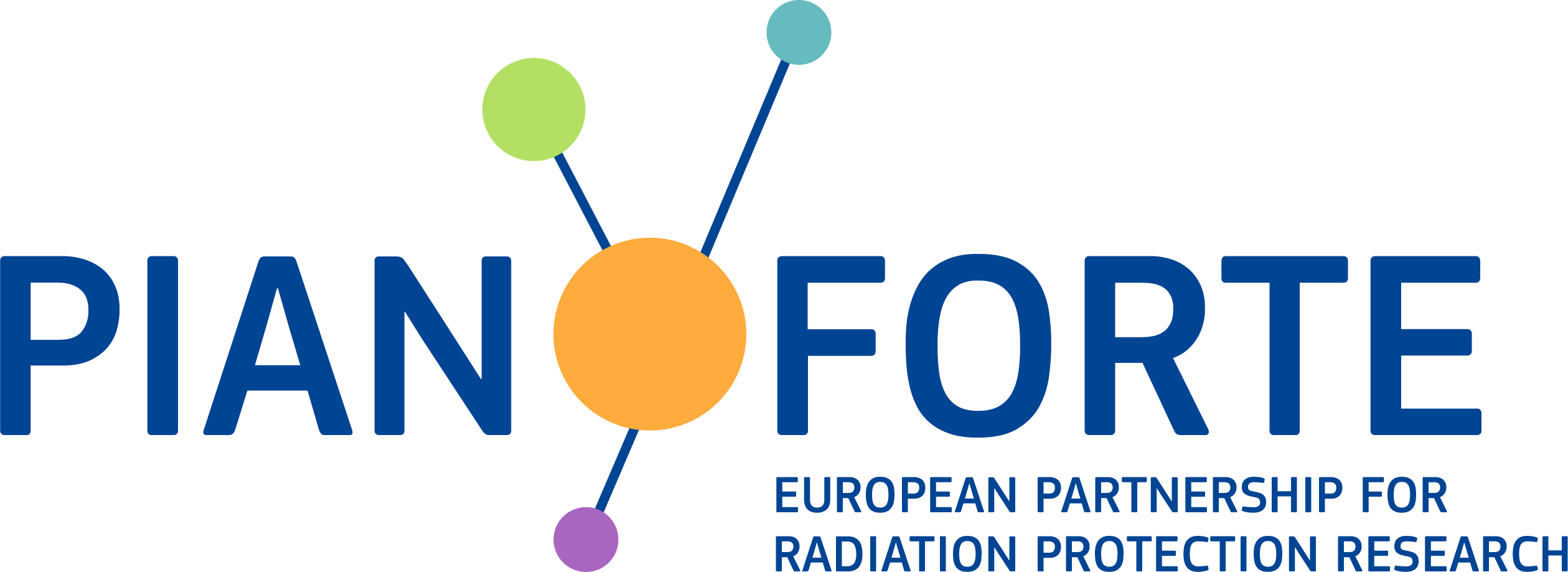



 20.9.2024
20.9.2024